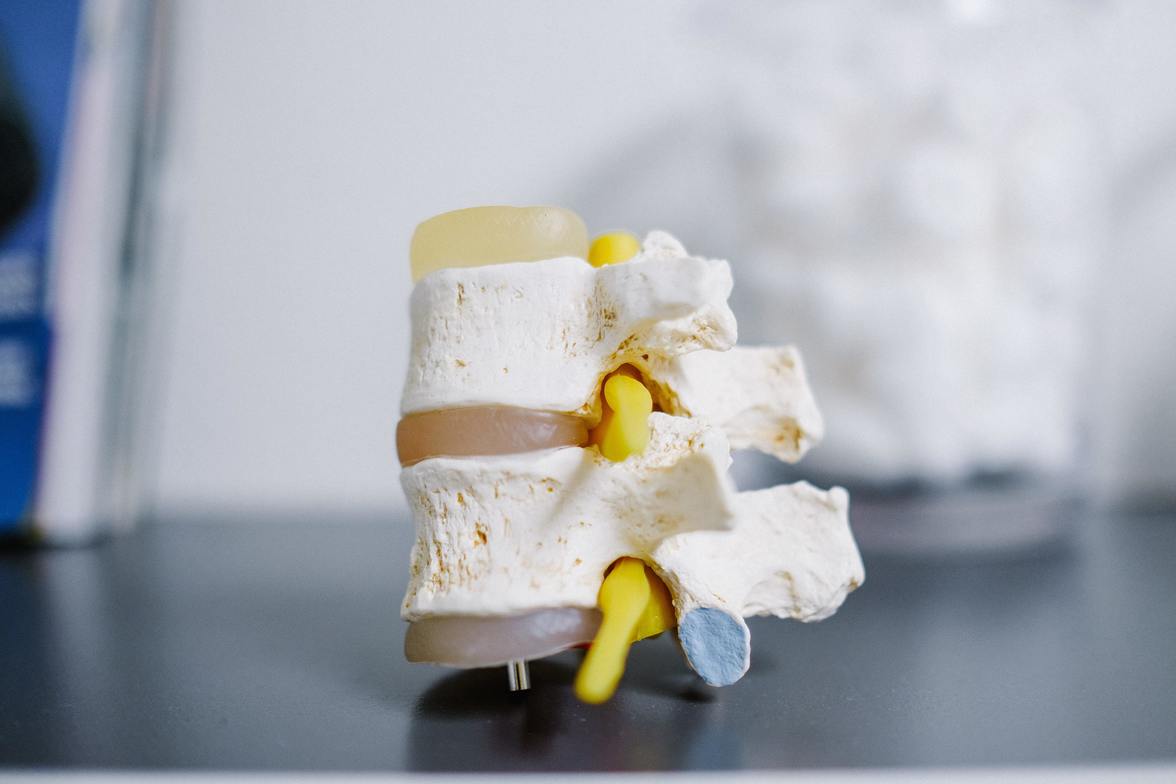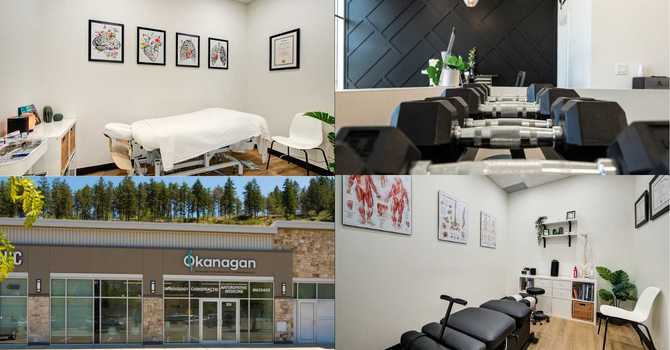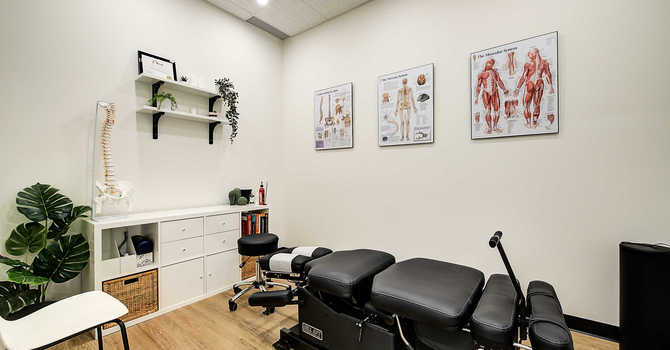
Whether you've woken up with a "kink" in your neck or your sore from a long day working from your makeshift office, we've all been there. Especially during this pandemic while people are working from home with poor ergonomic home offices or just unable to be as active as they were with gyms shutting down. Fortunately, summer is finally here in Kelowna and it's easy to find outdoor activities to stay physically active. Here are some helpful tips to keep your neck feeling its best so you can enjoy the summer months.
Pay Attention To Your Posture
We're all guilty of slouching and slumping, even us chiropractors. The human body is made to move and stay active. However, society as a whole is now becoming more sedentary due to increased utilization of technology and occupation demands. You get locked into your work, tv, video games etc. and your body decides it is time to give all those postural muscles keeping your body in a health posture a break. This can put the joints of the spine in vulnerable positions that can irritate the joint itself or even the discs in-between the vertebrae. Muscles can also be put on stretch for extended periods leaving them achy when you start moving around.
Some helpful ways to prevent postural mishaps include:
- Set up your workspace ergonomics to match your body. The better your ergonomic setup, the less you'll catch yourself with poor posture.
- This includes getting a chair with an adjustable lumbar support to help support the lordotic curvature of your low back when you have to sit for extended periods of time.
- Adjust your computer screen to be eye level and directly in front of your body.
- Invest in a sit to stand desk and alternate between sitting and standing hourly.
- DO NOT invest in a postural brace without consulting with your chiropractor. These braces may actually reduce the activation of the muscles that keep you in good posture.
What Pillow Should I Use?
It's a question we get frequently at the office. Finding the right pillow can be a challenge, and unfortunately there is no one size fits all pillow. Each person has their own anatomy, sleep position preference, and sleep activity habits. Finding the right pillow can be difficult, but can also be an important way to keep your neck in a good position while you rest throughout the night. Sleep with a pillow that doesn't suit your needs and you could find yourself in our office in need of a chiropractic adjustment.
Changing the position you sleep in is a challenge for most. Once you fall asleep, your body moves to whatever position it finds comfortable. If you can't change the position, change the pillow. Finding the right pillow is a game of trial and error. We've listed some helpful tips when deciding on which pillows to try based on your sleep positions.
Back Sleepers
Sleeping on your back is typically regarded as the safest sleep position for the spine. A contour or orthopedic pillow is a good option to provide the support the neck while sleeping. A normal pillow can stress the curvature of the neck and irritate the lower cervical spine and stress the neck muscles. A contour or orthopedic pillow provides support for the lordotic curvature of the neck keeping the joints and muscles in proper positions and tensions.
Side Sleepers
Sleeping on your side is all about keeping your neck in a neutral position. Picking the right pillow usually comes down to finding the proper thickness of pillow. If your pillow is too big or too small it can force your neck to the side. This can lead to the joints of the spine being pressed close together on one side and the muscles and ligaments being stretched on the opposite side.
Stomach Sleepers
Laying on your stomach is widely considered a more vulnerable position to sleep in. Finding the right pillow for a stomach sleeper usually requires more trial and error. However, using a pillow that is thinner is a good way to reduce cervical spine strain. Another good way to get your neck in a more neutral position is to place a pillow underneath the shoulder that your head is rotated to. Placing a pillow under the shoulder reduces the rotation on the neck and reduces the strain on the spine.
Stretch Neglected Muscles
There are certain muscles that can become tight and draw us into poor postures that create stress on the neck. Upper cross syndrome is commonly associated with neck pain. This is a postural and repetitive motion issue that leads to tension in certain muscles while overstretching or straining others. Tight muscles typically include the pectoralis minor/major and the suboccipitals. Using Brügger's relief position or other stretches throughout the day can improve muscles tension and muscle balance. Some stretches that could help include:
- The doorway stretch: stand in between a doorway and turn into a field goal post. Place your arms up on the sides of the doorways at shoulder height and allow your chest to move forward to stretch the chest muscles.
- Chin retraction stretch: sit as tall as you can. Pretend a string is pulling the top of your head to the ceiling and pull your chin straight back as if you're trying to create a double chin.
Chiropractic Maintenance
When in doubt, see a professional. Getting routine maintenance chiropractic treatment may be a good option for keeping the spine moving properly. Chiropractor can get a good sense of which joints may be overly stiff through analyzing your ranges of motion and palpating the movement of the joints. They can then do mobilizations or adjustments to help the stiff joints move properly and take stress off of the joints that may be picking up the slack of the stiff joints. Chiropractors can also perform manual therapies to reduce tension of tight muscles and promote healthy blood flow to the tissues.
Everybody has different anatomy and different needs. It is important to talk with your chiropractor about what treatments and stretches are right for you.




